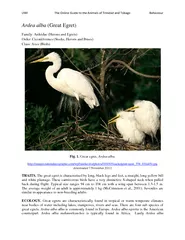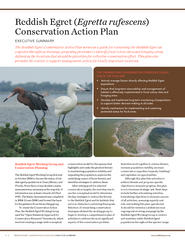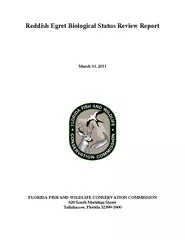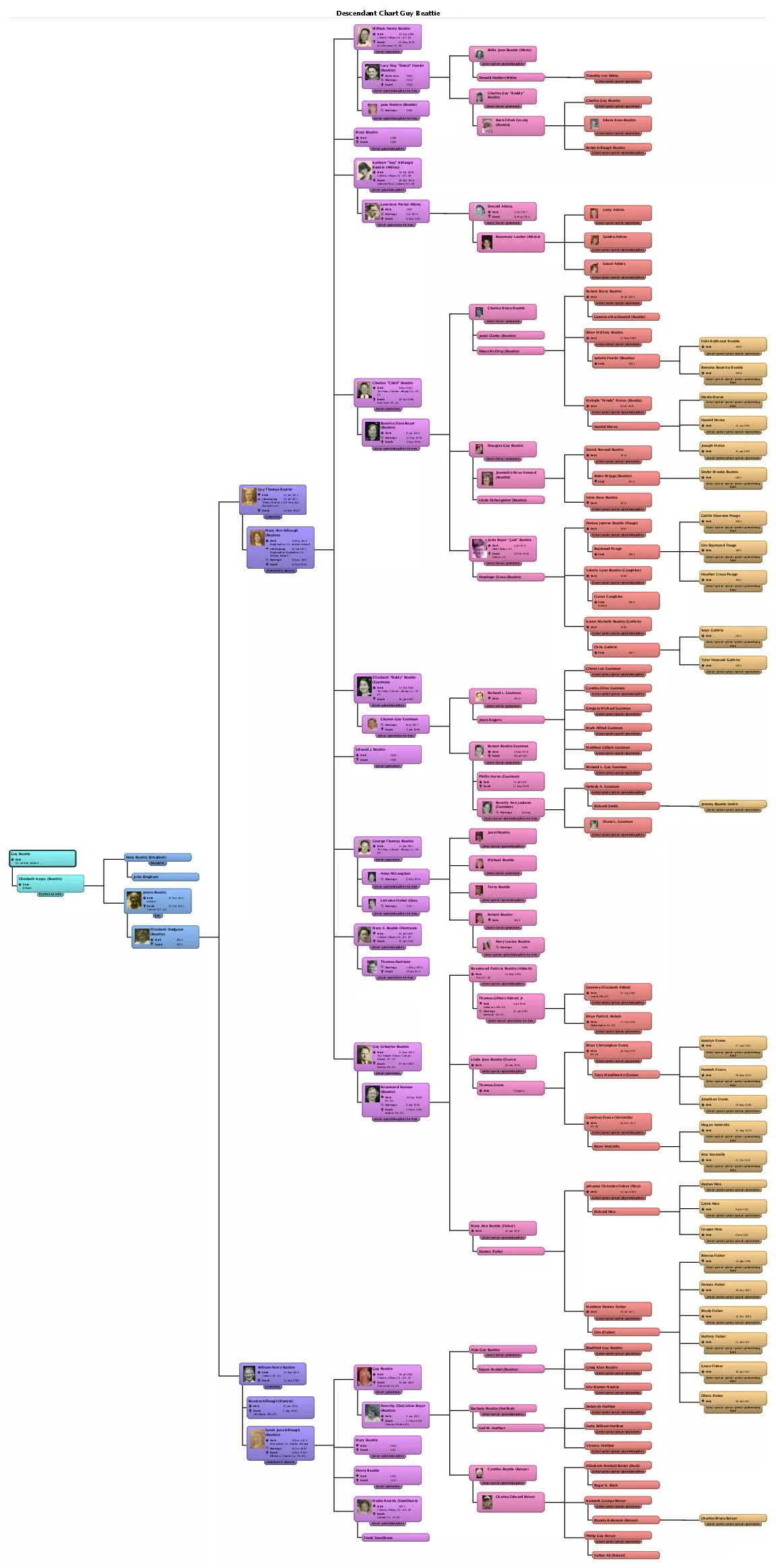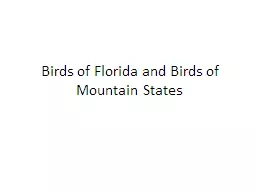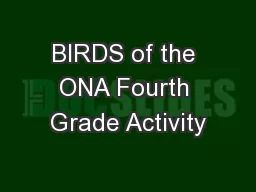PPT-Great Egret – 10 Years Later
Author : min-jolicoeur | Published Date : 2016-04-02
Don McCrimmon Cazenovia College No 570 in The Birds of North America The species account for the Great Egret Ardea alba First published in 2001 For 2011 updated
Presentation Embed Code
Download Presentation
Download Presentation The PPT/PDF document "Great Egret – 10 Years Later" is the property of its rightful owner. Permission is granted to download and print the materials on this website for personal, non-commercial use only, and to display it on your personal computer provided you do not modify the materials and that you retain all copyright notices contained in the materials. By downloading content from our website, you accept the terms of this agreement.
Great Egret – 10 Years Later: Transcript
Download Rules Of Document
"Great Egret – 10 Years Later"The content belongs to its owner. You may download and print it for personal use, without modification, and keep all copyright notices. By downloading, you agree to these terms.
Related Documents



